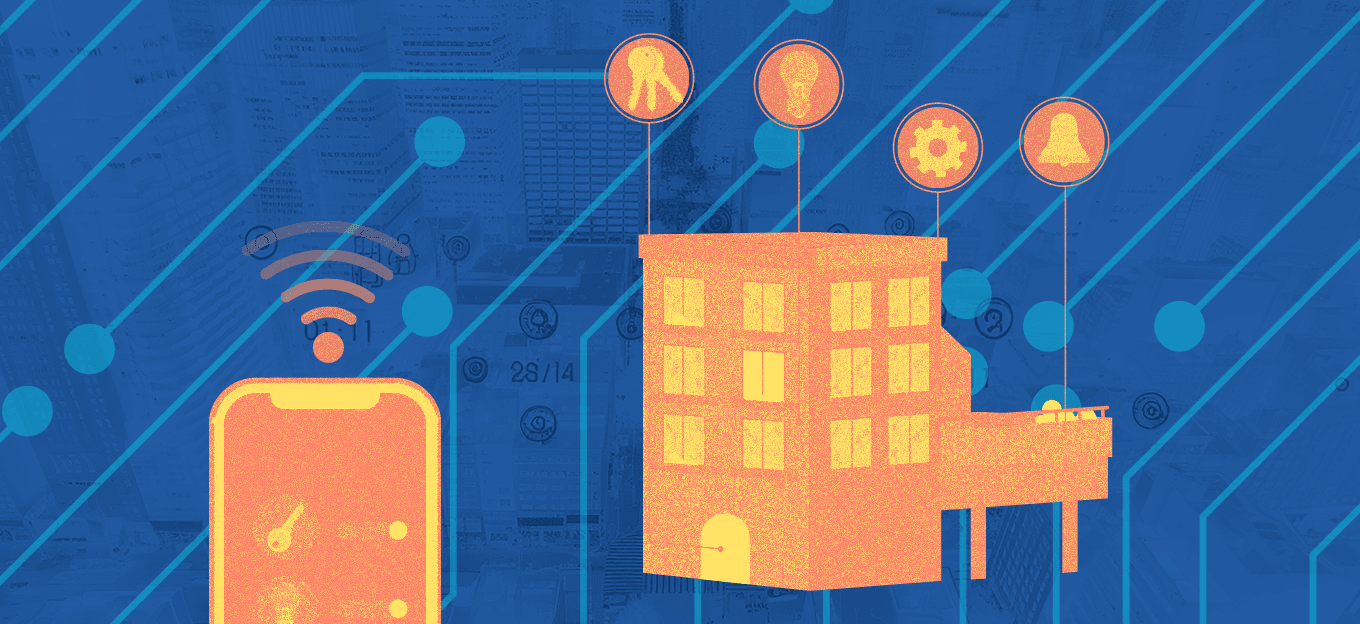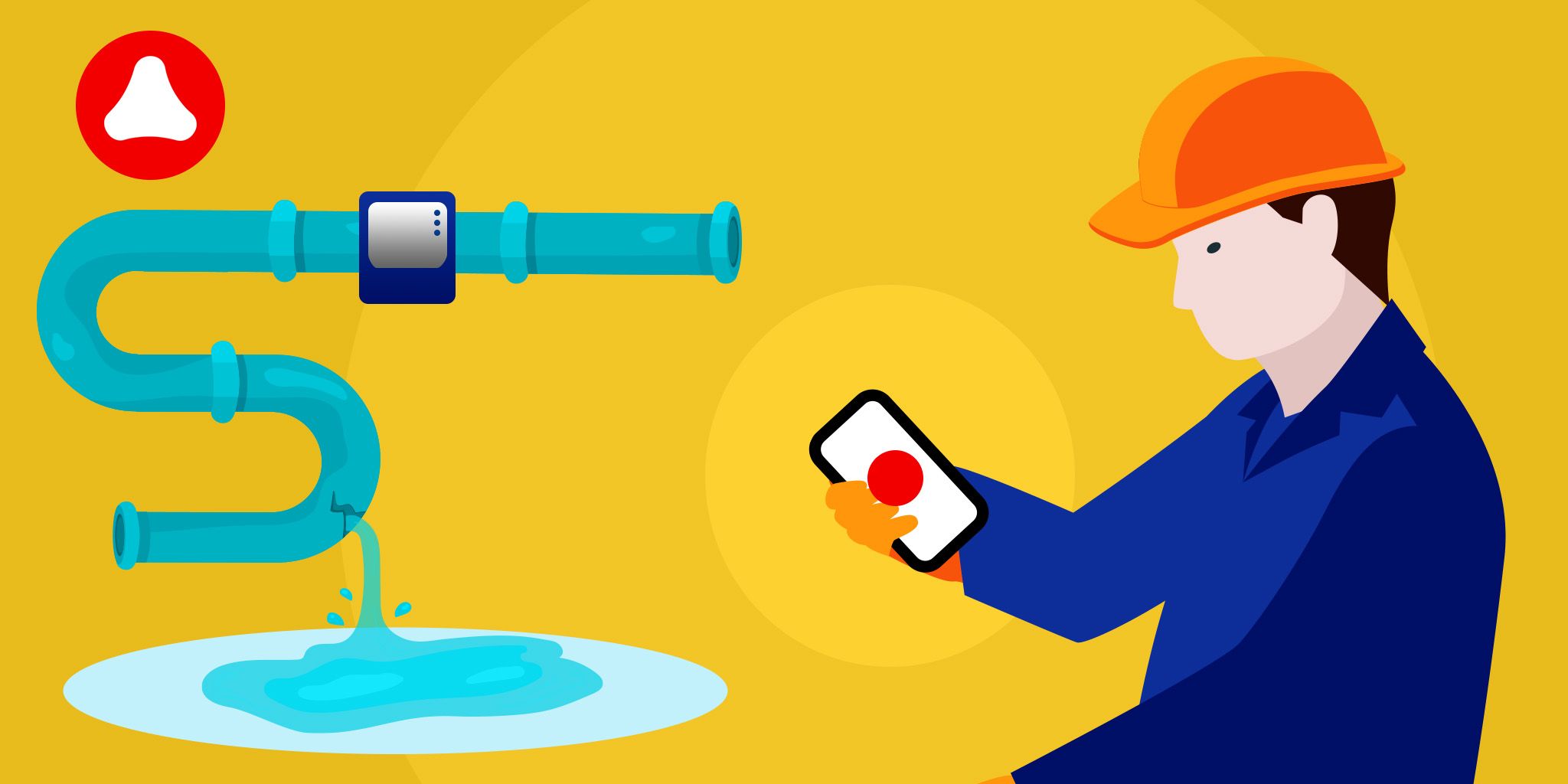Using Chatbots as IoT Device Interfaces
Using Chatbots as IoT Device Interfaces
- Last Updated: December 2, 2024
Zac Amos
- Last Updated: December 2, 2024



The relationship between the Internet of Things (IoT) and chatbots progresses as technologies improve. Smart homes and buildings continue to change how people live, work, and play by enhancing quality of life. Chatbots will continue revolutionizing IoT devices by augmenting interfaces and improving current systems.
Uses of Chatbots in IoT Devices
Millions of people use chatbots in their daily lives through interconnected devices. People can process and exchange information, avail of services, and purchase products in the comfort of their homes with the help of chatbots. Here are some of the popular applications of chatbots in IoT.
Customer Service
Chatbots shine in customer service. Companies that use them see 30 percent operating cost savings while improving customer satisfaction. Businesses can let chatbots cater to primary needs like checking balances, updating account information, and inspecting request status.
This business practice lets human employees focus on more demanding and essential tasks where their skills are needed. It also benefits users who prefer to process their information without calling a hotline or waiting for customer service representatives to become available during peak hours. Chatbots work 24/7, so users can access them whenever possible.
Companies can boost their customer satisfaction ratings and match user requests quickly and efficiently with the help of chatbots. While chatbot technology is far from replacing skilled human workers in customer service, they are certainly a helpful tool in managing workloads and lessening the burden on employees that can lead to fatigue.
Virtual Assistants
Apple's Siri, Amazon's Alexa, and Google Assistant are some of the most popular smart assistants worldwide. These AI-powered chatbots can converse with users and give them helpful information on command. People can ask these assistants to do things for them, adding convenience and intuitive interaction to daily tasks.
For instance, users can ask them to provide different recipes for a specific dish, give drivers traffic conditions for planned trips, and recommend films of a particular genre for movie nights.
These chatbots complement people's lifestyles by giving personalized results and recommendations. Virtual assistants that enrich the user experience will only become more popular in the coming years, with a forecasted growth of 24.3 percent between 2023 and 2030.
Data Gathering and Analysis
The popularity of chatbots in various industries is simply astounding. They have many applications and can serve users with unique intentions, such as data gathering and analysis.
Companies adopt chatbots to survey their users to gauge customer satisfaction and pinpoint areas for improvement. This is an invaluable tool to get the pulse of their customers and receive honest feedback to refine their processes and improve services.
The following industries use chatbots to collect and analyze data:
- Health care: Chatbots can monitor patients, collect information for diagnosis and treatment, and analyze data for drug development.
- Finance: Chatbots can process applications and loan requests and analyze client information based on history and spending patterns.
- Retail: Chatbots are widely used in retail businesses and e-commerce to identify trends and create personalized recommendations based on consumer behavior and purchase history.
Advantages of Chatbots in IoT Devices
Companies left and right are adopting chatbots to streamline processes and improve efficiency. They also focus on customer experience by enabling people to leverage this advanced technology. Here are some advantages of using chatbots in IoT devices.
Users Can Issue Commands Across Different IoT Devices Using Chatbots
Whether users are turning up the volume on their car's sound system while driving or adjusting the thermostat in their homes, people can rely on chatbots to follow through with their commands. Chatbots can process everyday language to help people interact with their devices effortlessly.
There's no need to learn special commands or proprietary software. Chatbots ensure voice commands are understood when devices are set up and connected to a network. This feature revolutionizes smart homes' functions by prioritizing user needs and well-being.
Chatbots in IoT devices are trained using everyday language and adapt to the user's needs. People of all ages can interact with them and expect hassle-free performance from the advanced technology.
Chatbots Learn and Adapt to Natural Language
Chatbot technology goes beyond understanding natural language by adapting to the user's word choice and sentence structure. Instead of returning confused replies to a broken command input, chatbots adjust their capabilities to understand the query.
Chatbots learn from every input the user makes. The more someone interacts with their devices that use chatbot technology, the better the responses will be. This feature opens up a new level of interaction between people and their gadgets.
Interactions become smoother and intuitive. Chatbots can better understand fragmented commands, typos, and everyday slang to match user intent. In fact, 75 percent of customers expect chatbot interactions will become more natural over time. Advancing technology may make bots more fluid and conversational in the coming years.
Chatbots in IoT Keep on Improving to Serve Users Better
Chatbots used to be restricted to understanding and responding to specific prompts. This limited their functionality and ability to cater to commands outside their perimeters. Now, they keep on improving to serve users better.
Through frequent acceptance and processing of requests, chatbots widen their ability to communicate with users. People can interact with them better by responding to their notifications and giving them recurring commands.
For example, a chatbot can remind drivers of their vehicle's maintenance schedule and recommend topping up oil levels or adjusting tire pressures. They can match user intent before people give commands or make requests.
Welcoming the Future With Chatbots and IoT
Modern chatbots are leveling up alongside IoT and will continue to adapt as customer needs change. Soon, they’ll do more to improve people's lives with better features suited to their evolving lifestyles.
The Most Comprehensive IoT Newsletter for Enterprises
Showcasing the highest-quality content, resources, news, and insights from the world of the Internet of Things. Subscribe to remain informed and up-to-date.
New Podcast Episode

Moving Past the Pilot Phase in IoT and AI
Related Articles





